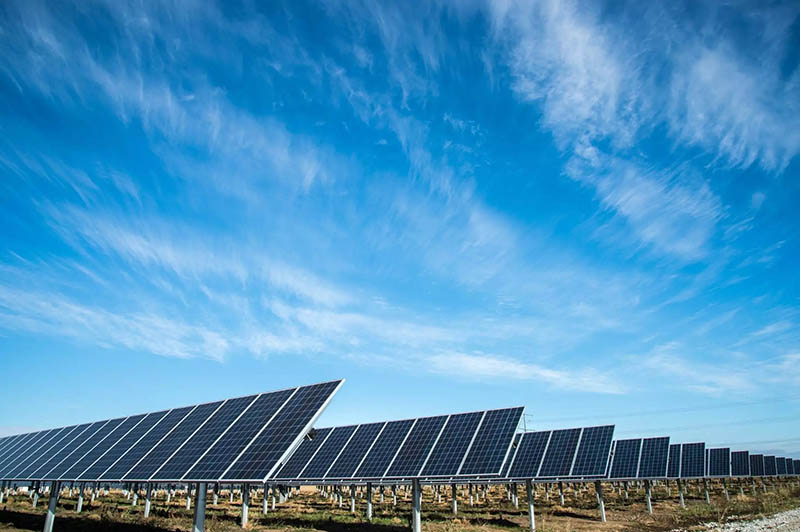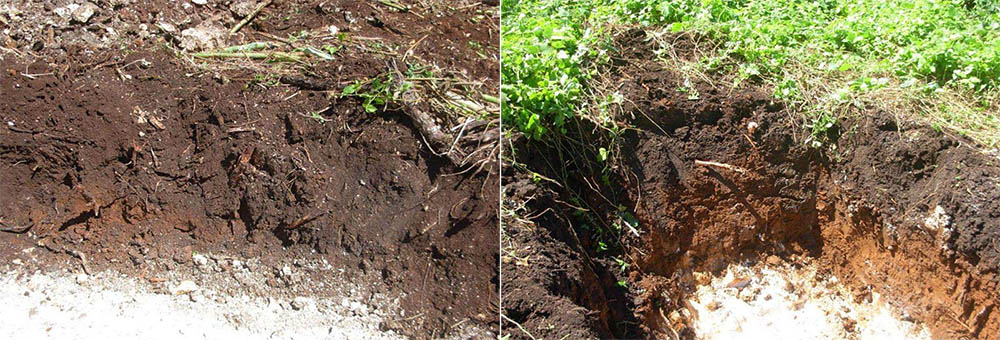
When choosing solar ground mounts for different terrains, a number of factors need to be considered to ensure that the mounting system is both efficient in generating electricity and adaptable to specific environmental conditions. Here are some key points:
1. Terrain adaptability:
Flat areas: For flat terrain, fixed or flat single-axis tracking mounts are common choices. Fixed ground mounts are suitable for flat terrain with small slopes, and they are simple and less costly.
Sloping terrain: For terrains with large slopes, adjustable mounts or height-adjustable mounts can be chosen. Adjustable mounts can adapt to different slopes by adjusting the angle and height of the mount to ensure the optimal tilt angle of the PV module.
Complex terrain (e.g. mountains, deserts, farmland, mudflats): highly customized solutions are required. The differentiated height bracket can be adjusted to different heights according to the ups and downs of the terrain to adapt to different terrain changes.
2. Geology and soil conditions:
Geological exploration is the foundation, and different soil types (e.g., sand, clay, rock) influence the choice of foundation form, such as concrete piles, precast piles, or steel piles.

3. Climatic factors:
Wind and snow loads: Maximum wind speeds and snow volumes need to be taken into account in the design to ensure the structural strength of the support
Waterproof design: In areas prone to waterlogging or flooding, such as fishery-photovoltaic projects, the height of the support and the design of the drainage system are critical to prevent flooding.
4.Light conditions:
Tracking systems (e.g., flat single-axis, dual-axis tracking) can significantly increase power generation in areas with a high percentage of direct light (e.g., Middle East, North Africa), but fixed mounts may be more practical in areas with complex terrain or inconvenient O&M.
5. Economy and maintenance:
Choose cost-effective materials and designs while considering ease of maintenance over time. Aluminum and hot-dip galvanized steel are common choices because of their corrosion resistance and long life.
The design should be easy to install and subsequently adjust to reduce O&M costs.
6. Environment and regulation:
Ensure that the solar mounting system complies with local environmental requirements and building codes, taking into account land use restrictions and possible power limitation policies.
In summary, when selecting solar ground mount system, it is necessary to comprehensively evaluate the terrain, geology, climate, light, economics, and regulatory requirements to select the most suitable mount type and material to achieve the best performance and long-term stability of the PV plant.